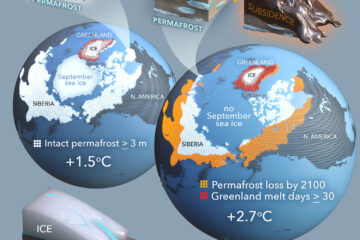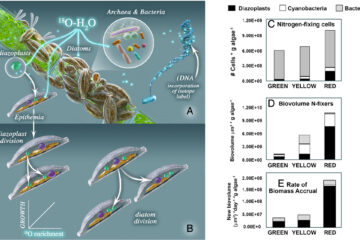Litter identity affects assimilation of carbon and nitrogen by a shredding caddisfly
Ecologists often equate litter quality with decomposition rate. In soil and sediments, litter that is rapidly decomposed by microbes often has low concentrations of tannin and lignin and low C:N ratios. Do these same traits also favor element transfer to higher trophic levels in streams, where many insects depend on litter as their primary food source? We test the hypothesis that slow decomposition rates promote element transfer from litter to insects, whereas rapid decomposition favors microbes. We measured carbon and nitrogen fluxes from four plant species to a leaf-shredding caddisfly using isotopically labeled litter. Caddisflies assimilated a higher percentage of litter carbon and nitrogen lost from slowly decomposing litters (Platanus wrightii and Quercus gambelii). In contrast, rapidly decomposing litters (Fraxinus velutina and Populus fremontii) supported higher microbial biomass. These results challenge the view that rapidly decomposing litter is higher quality by demonstrating that slowly decomposing litters provide a critical resource for insects.


